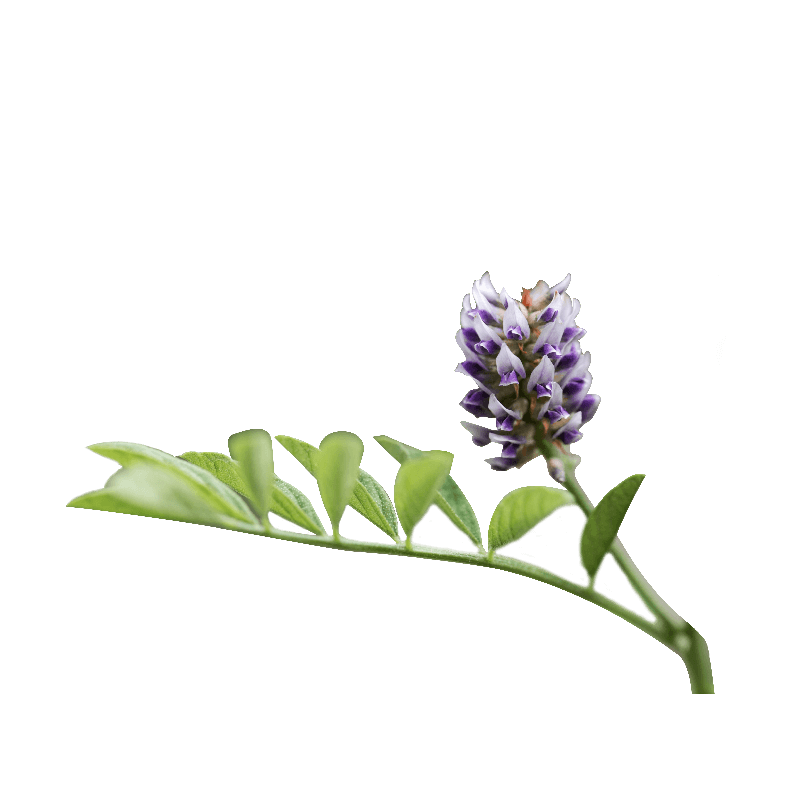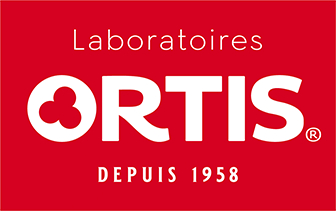
Liquorice
Latin name
Origin
Used part
Active components
Saponins (glycyrrhizinic acid): anti-inflammatory action.
Flavonoids: antioxidant and anti-inflammatory action.
Bitter principles: promote digestion.
Usage
Bibliographical references
- [The protective action of glycyrrhiza flavonoids against carbon tetrachloride hepatotoxicity in mice]. Wang GS, Han ZW. Yao Xue Xue Bao. 1993;28(8):572-6. http://www.ncbi.nlm.nih.gov/pubmed/8285064
- Effect of glycyrrhizin on lysis of hepatocyte membranes induced by anti-liver cell membrane antibody. Shiki Y, Shirai K, Saito Y, Yoshida S, Mori Y, Wakashin M. J Gastroenterol Hepatol. 1992 Jan-Feb;7(1):12-6. http://www.ncbi.nlm.nih.gov/pubmed/1543863
- Glycyrrhizin prevents liver injury by inhibition of high-mobility group box 1 production by Kupffer cells after ischemia-reperfusion in rats. Ogiku M, Kono H, Hara M, Tsuchiya M, Fujii H. J Pharmacol Exp Ther. 2011 Oct;339(1):93-8. http://www.ncbi.nlm.nih.gov/pubmed/21737537
- Effect of a deglycyrrhizinised liquorice compound on the gastric mucosal barrier of the dog. Morris TJ, Calcraft BJ, Rhodes J, Hole D, Morton MS. Digestion. 1974;11(5-6):355-63. http://www.ncbi.nlm.nih.gov/pubmed/4463133
- Effect of deglycyrrhizinated liquorice on gastric mucosal damage by aspirin. Rees WD, Rhodes J, Wright JE, Stamford LF, Bennett A. Scand J Gastroenterol. 1979;14(5):605-7. http://www.ncbi.nlm.nih.gov/pubmed/493863
- Deglycyrrhizinised liquorice (DGL) and the renewal of rat stomach epithelium. van Marle J, Aarsen PN, Lind A, van Weeren-Kramer J. Eur J Pharmacol. 1981 Jun 19;72(2-3):219-25. http://www.ncbi.nlm.nih.gov/pubmed/7250207
- A trial of deglycyrrhizinated liquorice in the treatment of duodenal ulcer. Feldman H, Gilat T. Gut. 1971 Jun;12(6):449-51. http://www.ncbi.nlm.nih.gov/pubmed/4933135
- In vitro anti-Helicobacter pylori activity of Extractum liquiritiae, glycyrrhizin and its metabolites. Krausse R, Bielenberg J, Blaschek W, Ullmann U. J Antimicrob Chemother. 2004 Jul;54(1):243-6. http://www.ncbi.nlm.nih.gov/pubmed/15190039
The health claims that feature on our website in relation to the plants contained in our products are compliant with the list of health claims awaiting final assessment by the Community authorities (cf. website of the European Commission: http://ec.europa.eu/nuhclaims/). However, they may be subject to modification following their assessment by the national competent authorities.
The health claims relating to other nutrients or substances contained in our products that feature on our site are compliant with Regulation No. 432/2012 of the Commission of 16 May 2012 which establishes a list of authorised health claims authorised in relation to food products, other than those in reference to the reduction of the risk of disease as well as community-based development and child health (cf. website of the European Commission: http://ec.europa.eu/nuhclaims/).

 Belgique
Belgique  België
België  France
France  Italia
Italia  Portugal
Portugal  España
España  United Kingdom
United Kingdom  Κύπρος
Κύπρος 